The 3rd Asia-Pacific CBR Congress
Text of the presentation on SANCHAR, CBID practice
SANCHAR is an organization working since 1988 with socio-economically marginalized persons with disabilities, their families and community stakeholders in the villages of West Bengal in India through Community Based Rehabilitation (CBR) approach to ensure inclusion of persons with disabilities (PWDs) in mainstream society with equal rights and dignity.
Over the period of time, SANCHAR has developed the CBR model for rural India to ensure community based inclusive development in the areas of Health, Education, Livelihood, Social and Empowerment. This model helps persons with disabilities to transform themselves from passive receivers to active contributors of their community and country as well.
In India, where SANCHAR works, there are many socio-economically marginalized groups in relation to gender, caste, religion, age, ability etc. Disability is common in all the above-mentioned marginalized groups and persons with disabilities are the most marginalized. SANCHAR believes that if the most marginalized people get empowered, then the entire community become empower automatically.
SANCHAR’s community based disability inclusive programme builds the capacity of persons with disabilities, their families and other community stakeholders along with local government to work together for the development of their own community. Given support, they together are competent of understanding and scrutinizing their condition, and execute the best possible means to change their lives. This process ensures in reducing infrastructural and attitudinal barriers to increase full participation and inclusion of persons with disabilities with equal rights and dignity.
To ensure sustainability of the process of inclusive development with equal rights SANCHAR helps the parents and people with disabilities to be organised and raise their voice collectively to gain their rights. Through this process, many young adults with disabilities are able to access their rights and help others to access the same.
The community, where SANCHAR is directly supporting PWDs and their families through CBR approach, is gradually becoming empowered to include issues of disability in mainstream development agenda.
SANCHAR’s journey doesn’t stop here. It continues with the larger community, i.e. community development organizations, rights based movements/forums and other players of the development sector.
Since last 15 years, SANCHAR’s CBR Model and experience has been shared with many disability development organisations and support organisations of India and neighbouring countries. SANCHAR is continuously building capacity and providing technical support to many organizations across the country to help them to start and continue CBR programme in their respective area of intervention to achieve a disability inclusive development with equal rights for all.
SANCHAR is an active member of Disability movement in India. It is also actively associated with various women and child rights networks and movements to include the issues of women and children with disabilities in the policies and programmes of all development agenda of govt. and non-govt. organizations.
SANCHAR’s journey of empowering the community will continue until ‘Inclusion’ of the marginalized becomes a reality.
Slide 1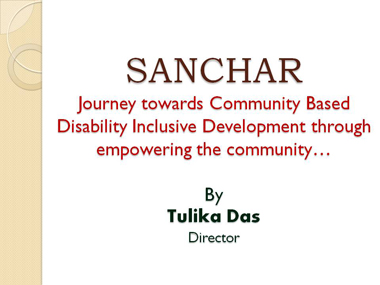 (Slide 1 text)
(Slide 1 text)
Slide 2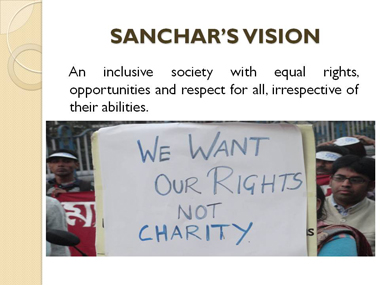 (Slide 2 text)
(Slide 2 text)
Slide 3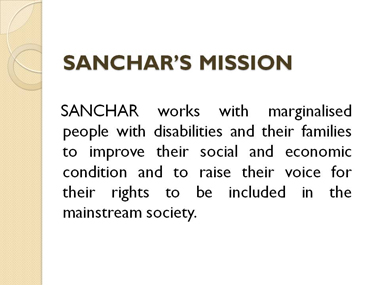 (Slide 3 text)
(Slide 3 text)
Slide 4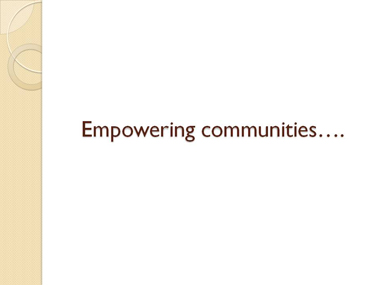 (Slide 4 text)
(Slide 4 text)
Slide 5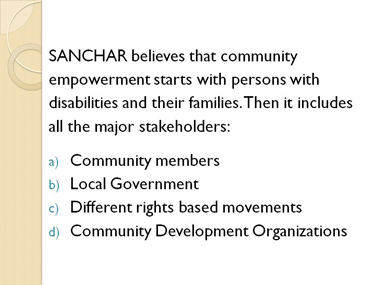 (Slide 5 text)
(Slide 5 text)
Slide 6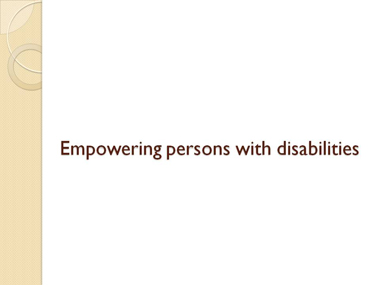 (Slide 6 text)
(Slide 6 text)
Slide 7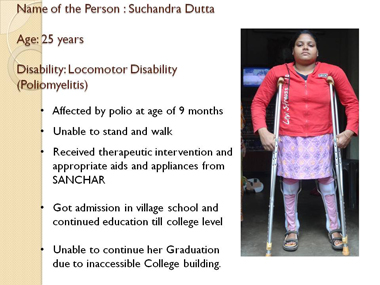 (Slide 7 text)
(Slide 7 text)
Slide 8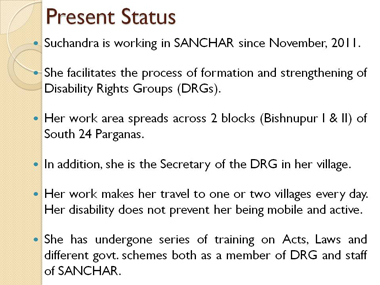 (Slide 8 text)
(Slide 8 text)
Slide 9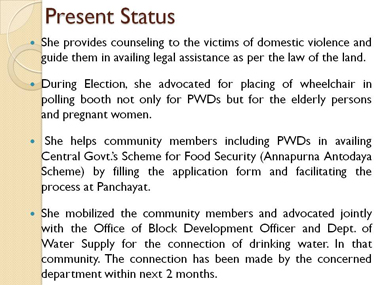 (Slide 9 text)
(Slide 9 text)
Slide 10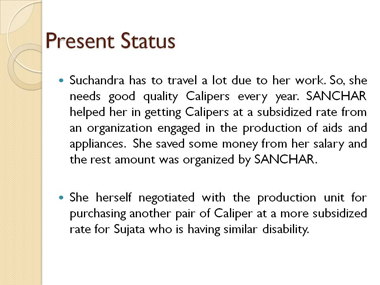 (Slide 10 text)
(Slide 10 text)
Slide 11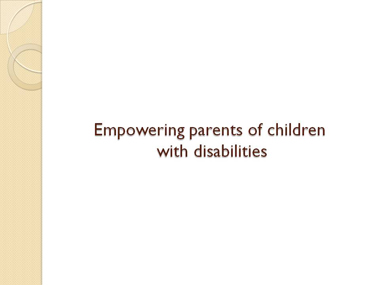 (Slide 11 text)
(Slide 11 text)
Slide 12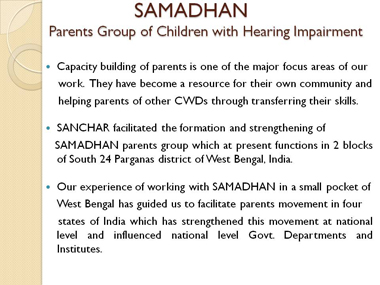 (Slide 12 text)
(Slide 12 text)
Slide 13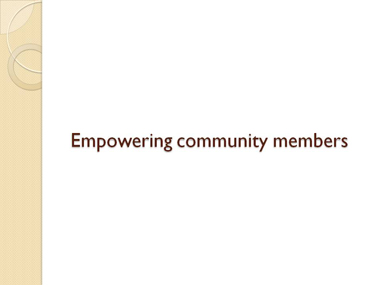 (Slide 13 text)
(Slide 13 text)
Slide 14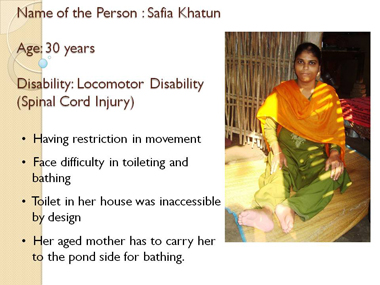 (Slide 14 text)
(Slide 14 text)
Slide 15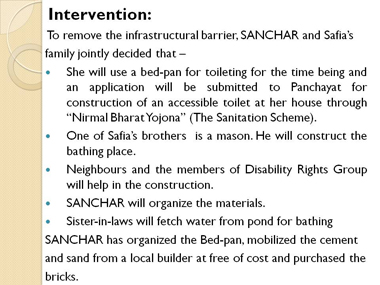 (Slide 15 text)
(Slide 15 text)
Slide 16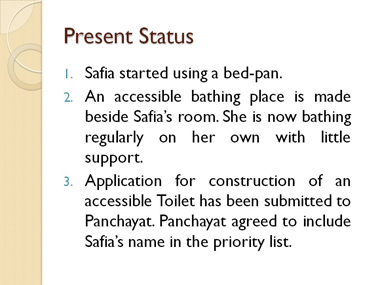 (Slide 16 text)
(Slide 16 text)
Slide 17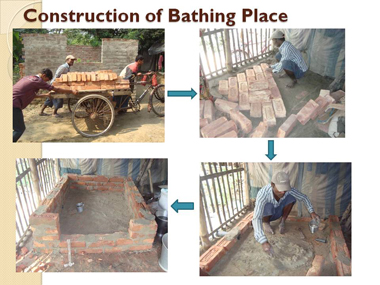 (Slide 17 text)
(Slide 17 text)
Slide 18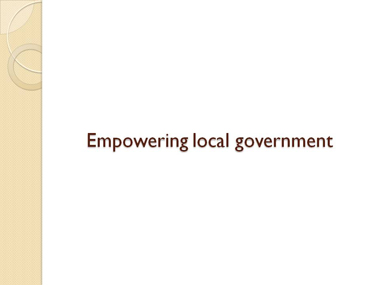 (Slide 18 text)
(Slide 18 text)
Slide 19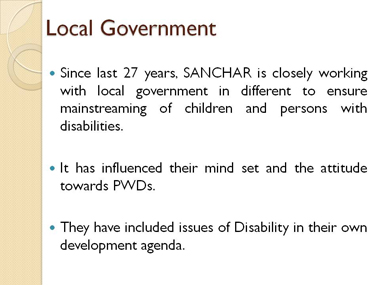 (Slide 19 text)
(Slide 19 text)
Slide 20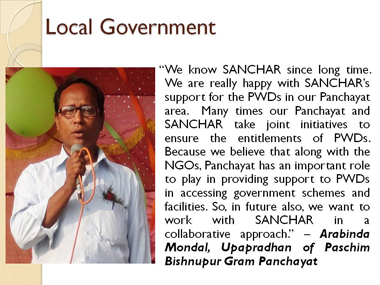 (Slide 20 text)
(Slide 20 text)
Slide 21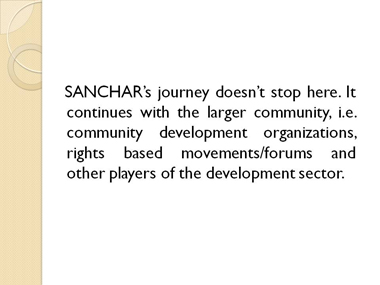 (Slide 21 text)
(Slide 21 text)
Slide 22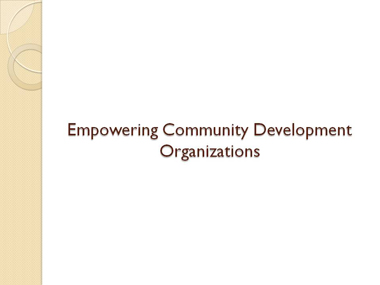 (Slide 22 text)
(Slide 22 text)
Slide 23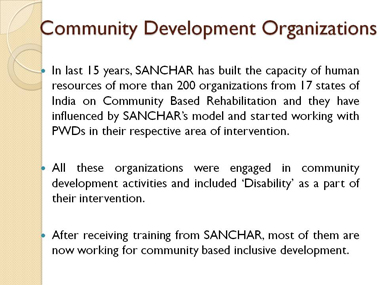 (Slide 23 text)
(Slide 23 text)
Slide 24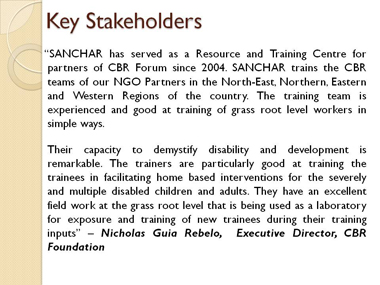 (Slide 24 text)
(Slide 24 text)
Slide 25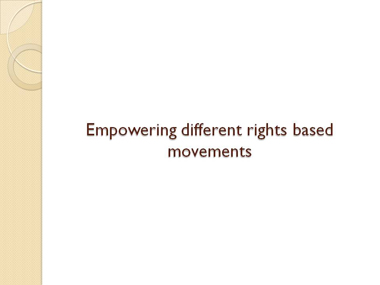 (Slide 25 text)
(Slide 25 text)
Slide 26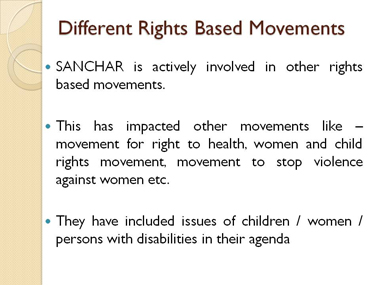 (Slide 26 text)
(Slide 26 text)
Slide 27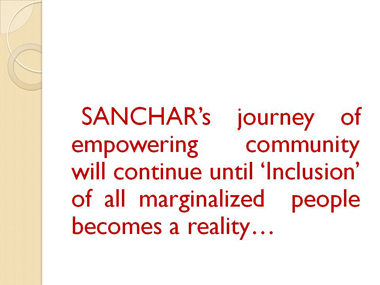 (Slide 27 text)
(Slide 27 text)
Slide 28 (Slide 28 text)
(Slide 28 text)
